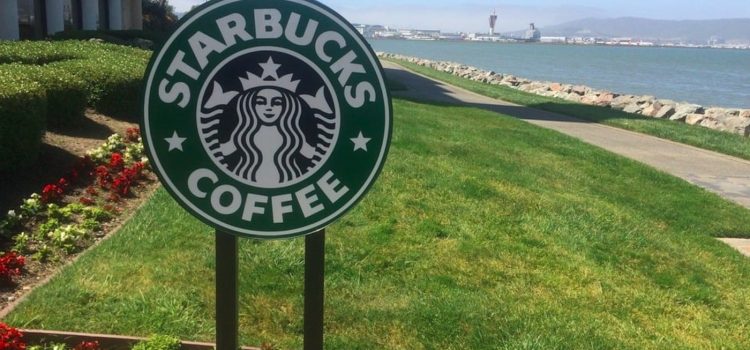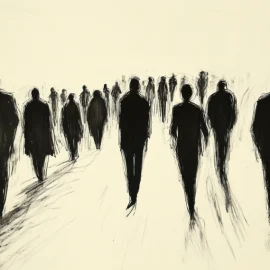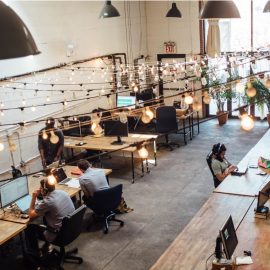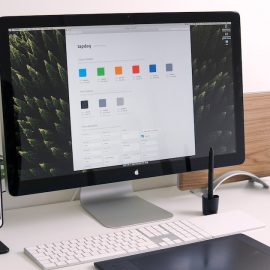

This article is an excerpt from the Shortform book guide to "Onward" by Howard Schultz. Shortform has the world's best summaries and analyses of books you should be reading.
Like this article? Sign up for a free trial here.
How does Starbucks help the environment and society? How was Starbucks involved in the 2008 American presidential election?
Howard Schultz says that customers are drawn to Starbucks because of its commitment to social and environmental responsibility. In 2008, Starbucks took on three new social initiatives to reach out to the public and help people in need.
Discover more about Starbucks’s social responsibility efforts.
Renewed Social and Environmental Commitments at Starbucks
As part of Starbucks’s social responsibility campaign, Schultz first renewed Starbucks’ commitments to Conservation International (a nonprofit dedicated to fighting climate change) and Fairtrade (which encourages ethical supply chain practices).
(Shortform note: As of 2024, Starbucks still works with Conservation International on multiple projects, including a campaign to plant millions of coffee trees and the Sustainable Coffee Challenge. But Starbucks’ relationship with Fairtrade is more complicated—as we mentioned earlier, Starbucks still works with Fairtrade to finance the coffee farms they buy from, but in Europe, the Middle East, and Africa, Starbucks has reduced its purchase of Fairtrade-certified coffees.)
Starbucks also took on two social initiatives. First, the company leveraged its new social media presence to promote an advertising campaign offering free coffee for anyone who voted in the 2008 presidential election, in which only half of eligible voters were predicted to participate. (Due to voting laws, Starbucks had to change their plan and give free coffee to anyone who asked on election day, not just voters.) As a result, more than twice the usual number of customers entered Starbucks stores that day.
(Shortform note: Experts explain that although Starbucks may have violated voting laws by offering free coffee in exchange for voting, officials weren’t keen to open a case against the company because it was clear the campaign’s purpose was marketing, not political subterfuge. Since 2008, Starbucks has found other ways to encourage voting: For example, during the 2020 presidential election, it offered to pay for employees’ transportation to voting locations, encouraged employees to volunteer at the polls, and created a voting education and registration program for customers.)
Second, Starbucks partnered with Heifer International, a nonprofit that alleviates poverty by distributing livestock to subsistence farmers worldwide. This partnership began when Schultz visited coffee farmers in Rwanda, learned how important livestock are in the lives of people living below the poverty line, and was inspired to involve his company in making a difference.
(Shortform note: Following Schultz’s decision to partner with Heifer International, Starbucks gave the organization a $750,000 grant to benefit Tanzanian coffee farmers in 2015. However, more recently, experts at Heifer International have been critical of Starbucks due to the racist effects of its coffee sourcing practices. These experts note that Starbucks has nearly doubled the quantity of coffee it purchases without increasing the amount it pays for coffee annually, which suggests that the farmers it buys from aren’t being fairly compensated. Since most Starbucks executives are wealthy white people and most coffee farmers are poor people of color, this pattern perpetuates global racial inequality.)

———End of Preview———
Like what you just read? Read the rest of the world's best book summary and analysis of Howard Schultz's "Onward" at Shortform.
Here's what you'll find in our full Onward summary:
- Why Starbucks CEO Howard Schultz left and later returned to the company
- Schultz’s three-part strategy that saved Starbucks from potential ruin
- Why millions of people love Starbucks’ coffeehouse experience






